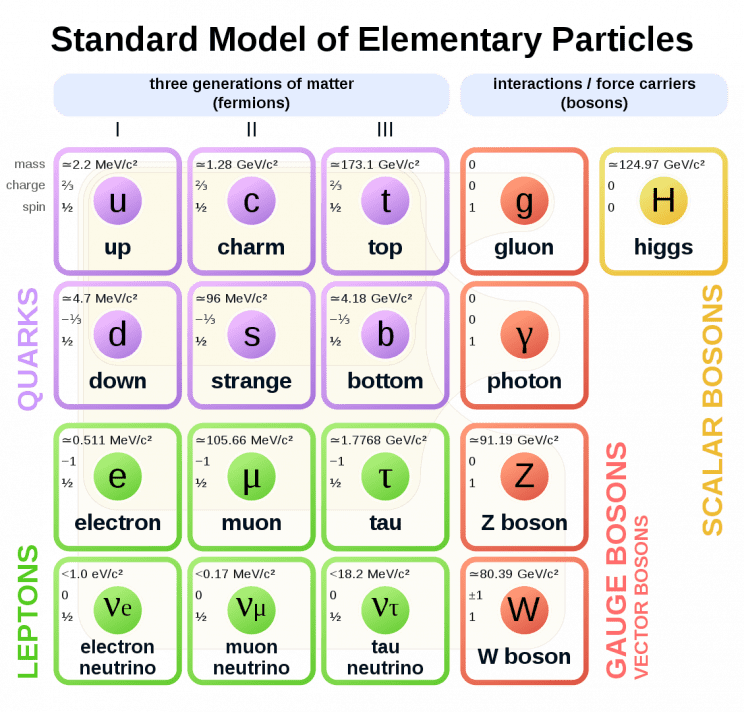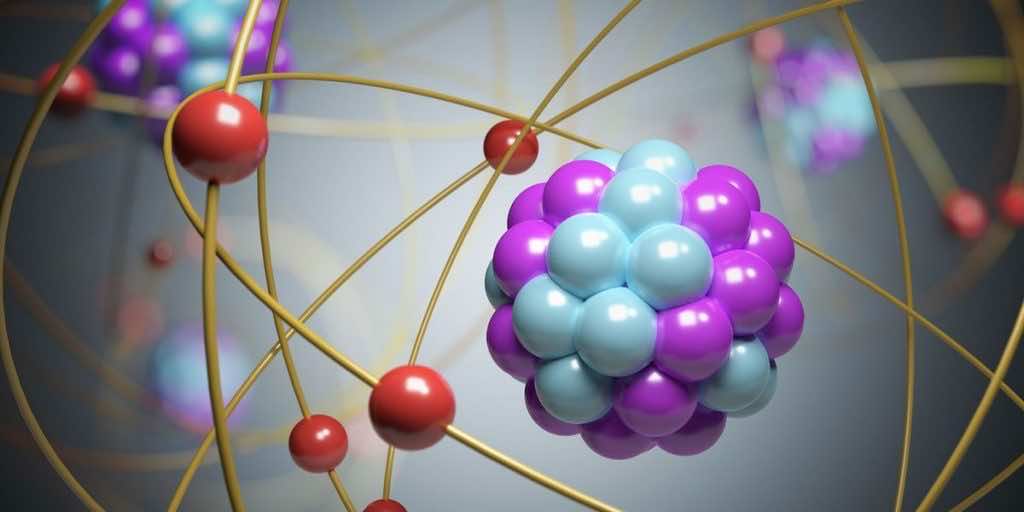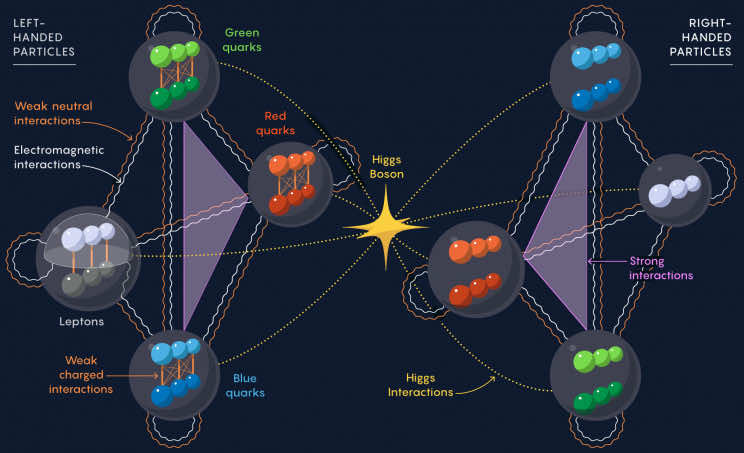The standard model gives us an overview of standard particles, the periodic table, but it lacks the interconnections between particles. In simpler terms, it lacks visualization.
Better visualization of materials is a question that has bothered scientists for quite some time now. Particle physicist Chris Quigg used the double Simplex method in 2005. This helped solve the problem to a certain extent.
Quigg’s brainchild was put to work in 2020, and Quanta Magazine using Quigg’s scheme made what they call “a new map of all the particles and forces.”
A better understanding of the standard model is necessary before we venture onto the double simplex method :

Fermions and Bosons are separately categorized. Further divided into subgroups, fermions are categorized into Quarks and Leptons, and vector and scalar are boson’s categories.
The marquee feature of fermions is “spin”, and it is either left-handed or right-handed. Handedness is fundamental when carrying out grouping because it impacts how particles interact, and weirdly enough, there is no right-handed neutrino.
Up and down quarks make up the atomic nuclei. The quarks determine the total charge of a proton. Left-handed quarks can transform into each other, whereas right-handed quarks fo not transform. The up quark has +2/3, and the down quark has -1/2 of the total proton’s charge.

The second category of fermions is leptons. Further divided into 2 categories, electrons and neutrinos. Like the left-handed quark, left-handed electrons and neutrinos submerge into one another using weak force. On the other hand, right-handed bosons and right-handed leptons do not transform into one another using weak force.
Coming over to the bosons, they are the force carriers of less gravity. We have briefly discussed how different particles submerge in each other; however, electromagnetic interaction, weak neutral interaction, and the Higgs Mechanism have been overlooked.
The most commonly known of all these forces is the electromagnetic force. The underlying factor here is, if a particle has a charge, it will have electromagnetic force. This is because photons carry the interaction; only force changes here, not the particles.
The separation of these forces happened when the universe cooled, synchronous with the appearance of a field called the Higgs field, excitations on which correspond to the Higgs boson.
This field is responsible for providing mass to the particles. The Higgs boson makes the particles moving in space interact with the Higgs field. This interaction changes the momentum and provides resistance to the material as if it is not moving in vacuum space but in a medium filled space. This resistance that occurs is perceived as mass.
In understanding this completely, we have to understand the fermion generations. Having discussed the first generation of both quarks and leptons, we will come over to the charm and top quarks, heavier relatives of the down quark. Similarly, muon and tau and their neutrinos are heavier cousins of electrons and neutrinos. Quarks can transform between generations, while leptons haven’t been observed to do that.
At last, coming over to the map devised by Chris Quigg. The map is divided into two segments. Right and left-handed fermions, bosons which carry the interactions shown as lines, triangular areas between different colours of quarks (these areas represent the gluons and the gluon interactions between the gluons), and the Higgs boson sitting in the middle giving particles mass.

Orange straight lines depict the W boson, and the weak neutral interactions (Z^0 Bison) are shown with orange wavy lines. The electromagnetic interactions (photon) are depicted with white wavy lines. Higgs interactions (Higgs boson) are represented in yellow dotted lines. And the strong interactions (gluons) are in the shaded triangular areas.
A simple periodic table shows a simple visualisation of elementary particles, whereas Quigg’s map shows interaction, the importance of handedness and the intricate relation between particles. It is an outstanding visual learning tool, to say the least.


